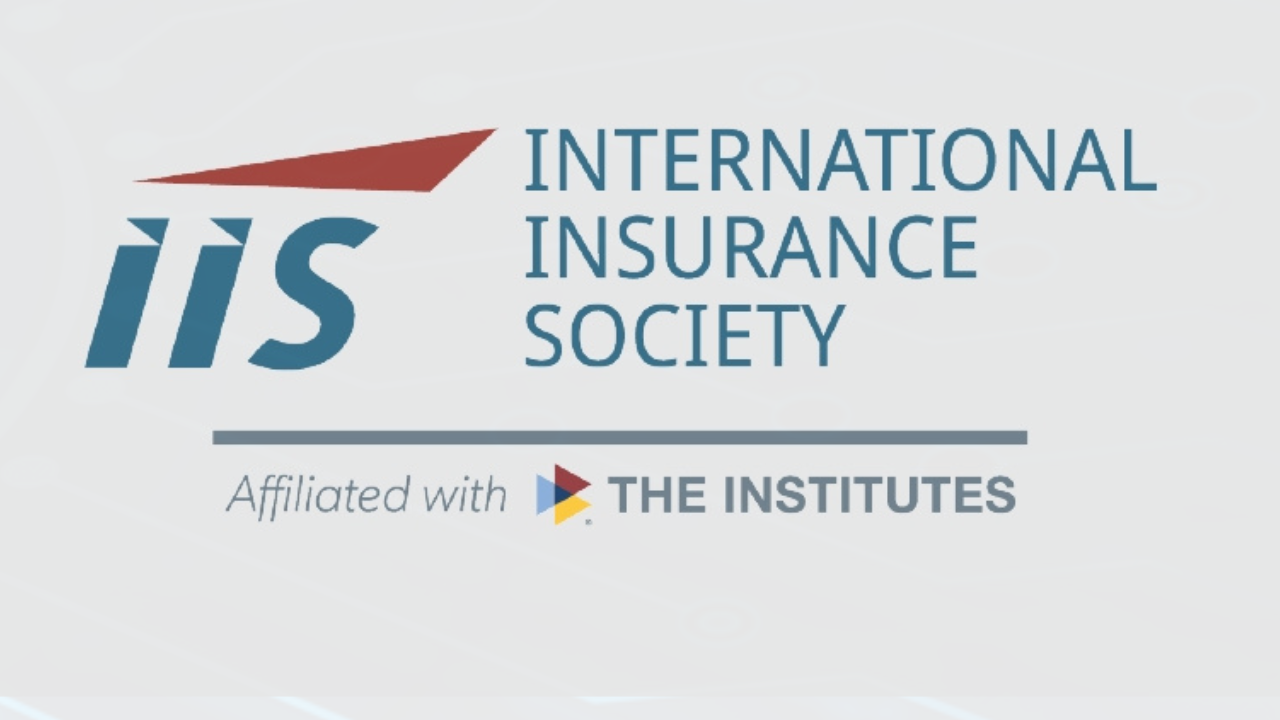
For years, the cybersecurity industry has focused on cyber risk quantification—measuring threats and vulnerabilities in financial terms. While this has improved board-level conversations, it still leaves decision-makers asking: What does this actually mean for our business?
At Astragar, we’ve developed Cyber Risk Contextualization, a methodology that goes one step further. Instead of stopping at financial estimates, we place risk into the operational, regulatory, and strategic context unique to your organization. The goal isn’t just to measure risk—it’s to make risk actionable.
Why context matters
Traditional quantification can create blind spots. Two threats with the same projected financial loss may have very different implications: one could disrupt revenue-critical systems, another could breach compliance obligations, or another could erode customer trust. By adding context, we move beyond numbers to reveal which risks truly matter.
Our approach
Cyber Risk Contextualization begins with identifying the “business crown jewels”—the systems and processes that create enterprise value. We then map threats directly onto these assets, balancing financial models with qualitative factors such as reputation, regulation, and resilience. The result is a risk picture that is both precise and strategically relevant.
The Astragar advantage
With contextualization, executives and CISOs gain insights that directly support decision-making:
-
Prioritizing investment where it delivers the greatest business impact
-
Communicating risks to the board in strategic, non-technical language
-
Avoiding wasted spend on risks that look significant on paper but add little business relevance
Cybersecurity is no longer just about defense. With Astragar’s Cyber Risk Contextualization, it becomes a tool for clarity, resilience, and strategic advantage.



